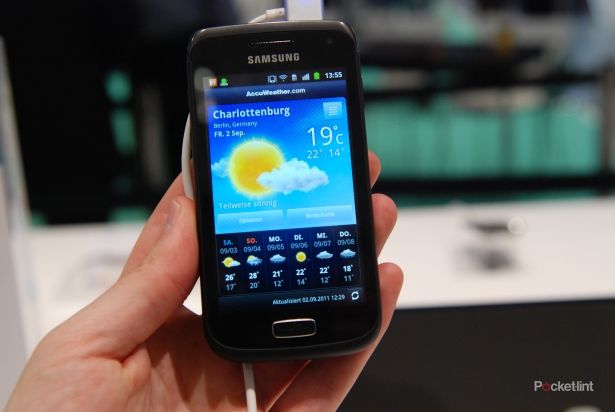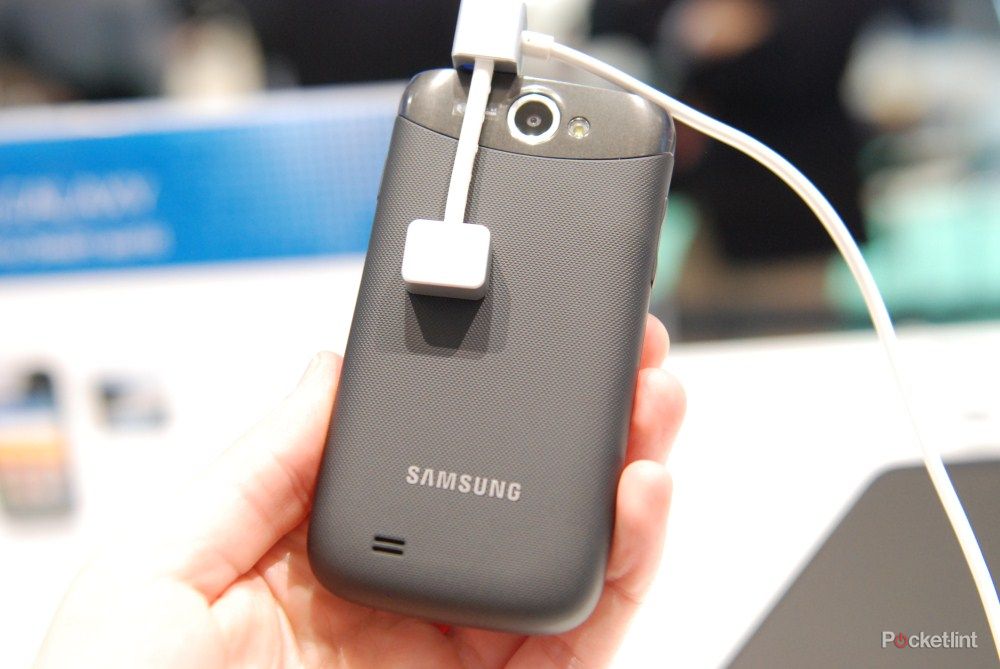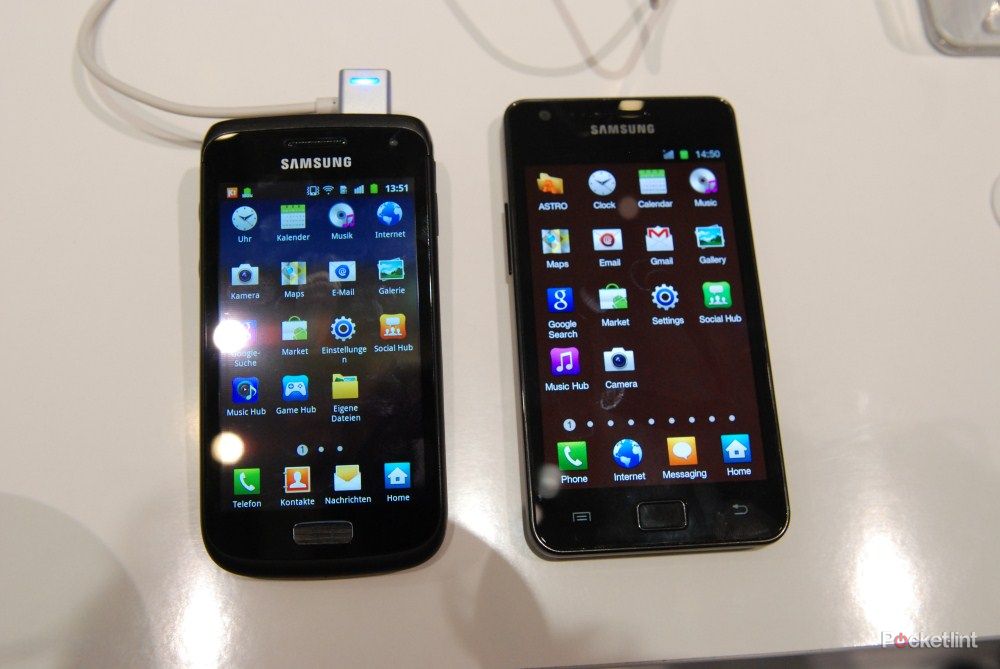W stands for Wonder if you're talking the Samsung Galaxy talk, and the thing that Pocket-lint wondered, when we spent our hands-on time with it at IFA 2011, is whether people would buy it instead of the R or not at all.
A first glance at the spec sheet, you might be forgiven for thinking that it's got better insides but the 1.4GHz processor sitting at its centre is a single-core unit rather than the dual-cores of S and R ranges. But zipping around the TouchWiz-topped Gingerbread OS and you begin to wonder just how important phone processors are. Sure, two cores mean two processes at the same time but, in practice, there really were no problems when we were using multiple apps.
More obviously, the screen is, of course, smaller at 3.7 inches and it did feel oddly tiny in our hands only a year down the line after the days when a sub-4-inch screen could still be considered big. All the same, there's still plenty of room to enjoy the Android experience and it's only really watching movies where you're going to miss out a bit.
By the same token, the screen technology drops down to a straight LCD rather than the Clear one promised in the Samsung Galaxy R. We're not going to tell you that we could notice much difference here but, put against a Super AMOLED Plus and the cracks begin to appear.
The build of the Samsung Galaxy W is probably what sets it apart from its brethren. There's an undoubtedly HTC-like look and feel to this phone - not something which Samsung will be pleased to hear in the current patent infringement crisis. There are no lumps and bumps of the bigger Galaxys and the texturing and panels on the back are more like the kind that Horace Luke used to prefer.
However you wish to call it, on first inspection, the W looks like a good egg. There's enough downgrades to promise an affordable handset, but they're so well picked and placed that its users should barely notice them.



